Milestones
| 1917 | A Chinese school for girls, Nanyang Girls’ School was founded with about a hundred students. |
|---|---|
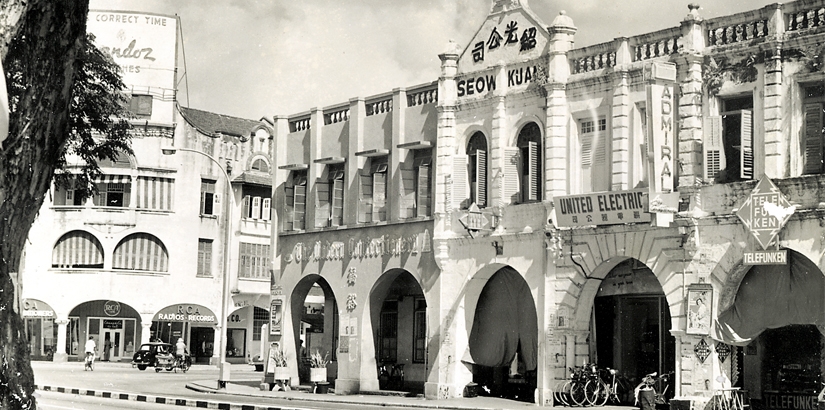
It occupied a shophouse at No. 7 Dhoby Ghaut. Lessons began on 15 August with a cohort of about 100 students. Mdm Yu Pei Gao was the first principal. 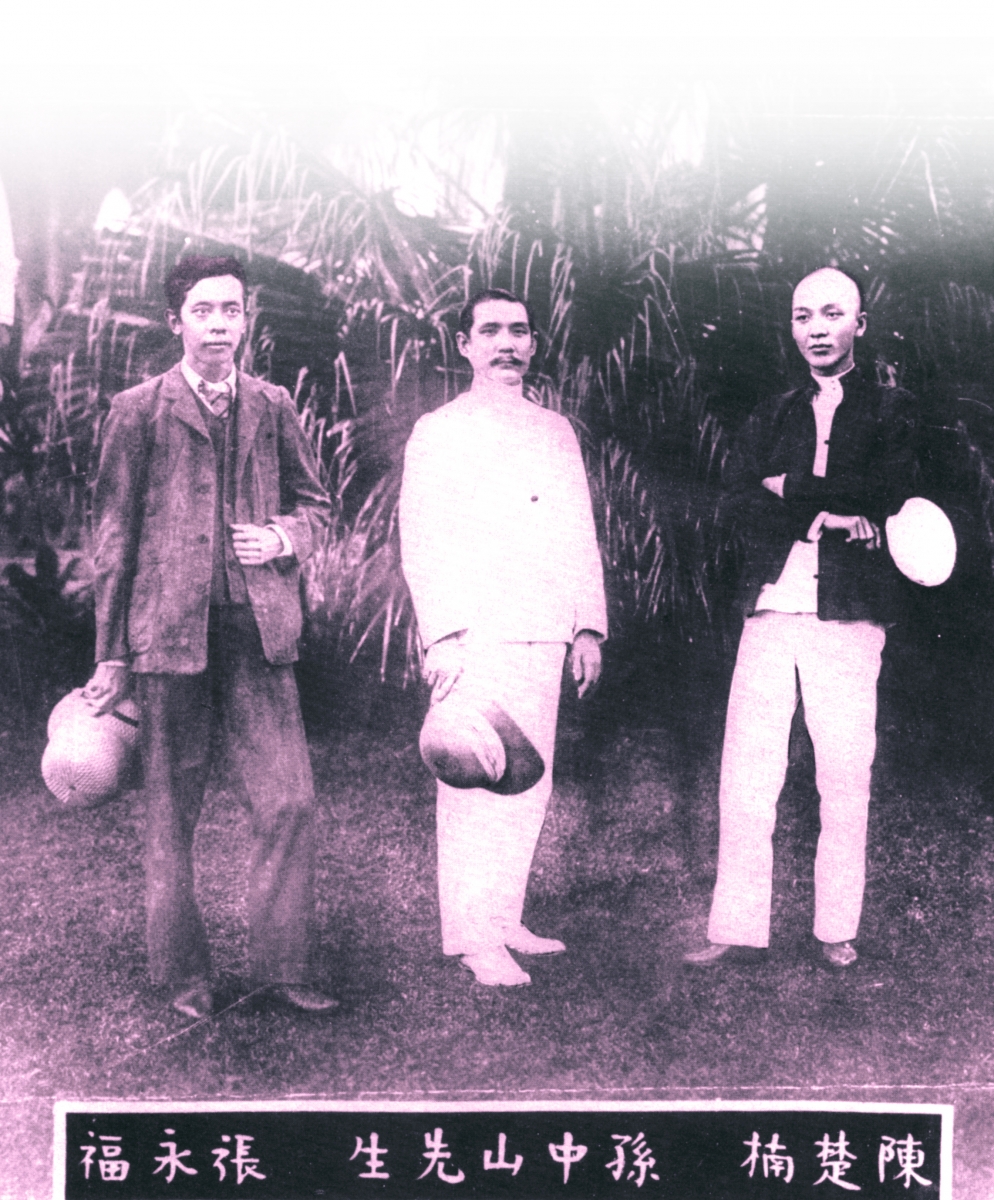
If we look back at our historical records, interviews and related characters, without any doubt, Nanyang Girls’ High School was set up by a group of leaders from the United League of China (中国同盟会). These members comprised mostly of young and rich businessmen or intellectuals. With passion and patriotism, they initiated movements to change the fate of the country and these movements changed society. 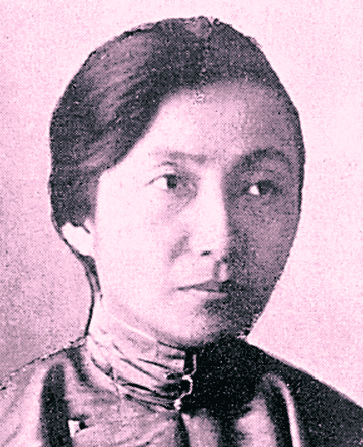
The first school principal of Nanyang Girls’ School was Mdm Yu Pei Gao. She graduated from Beijing Normal University (as it is known now) in 1911. Mdm. Yu firmly believed that a batch of good teachers was needed to set up a good school. She abandoned the tradition of forbidding male teachers in a girls’ school and hired male teachers. |
|
| 1919 | The school upgraded to No. 10 Dhoby Ghaut. |
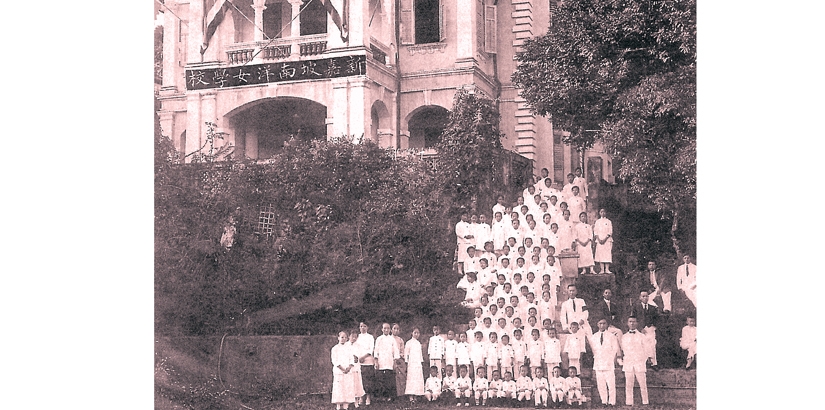 |
|
| 1927 | Mdm Liew Yuen Sien was appointed principal. |
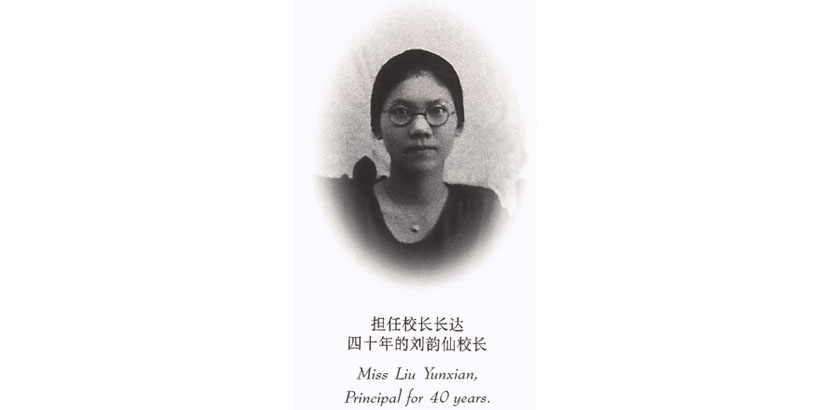
Mdm Liew Yuen Sien was born in the Jiangxi Province in China. She was the only child of a rich family and a very independent lady with the determination and courage to pave a career on her own. After graduation from Hunan Changsha Fu Xiang Middle School (长沙福湘中 学), she taught at Xiang Tan San Yu School (湘潭三育学校). Thereafter, she departed for Beijing and studied at Yanjing University(燕京大学). Mdm Liew was a staunch supporter of women’s rights and freedom and matrimonial freedom. She felt that raising the level of education women received was important. These factors led her to establish Singapore Nanyang Girls’ School as a premier school in Singapore. In order to realise the school’s aim of providing girls with an equal opportunity for education across South East Asia and China, Mdm Liew would try her best to provide them with funding to continue with their schooling. The Nanyang family spirit was fostered in the background of these expectations. It was therefore no surprise that many alumni of the school remained loyal and often contributed to the school’s cause in education. Mdm. Liew would also often proudly proclaim: we are the top girls’ school in Singapore and Malaya. |
|
| 1930 | The school was renamed “Nanyang Girls’ High School”. |
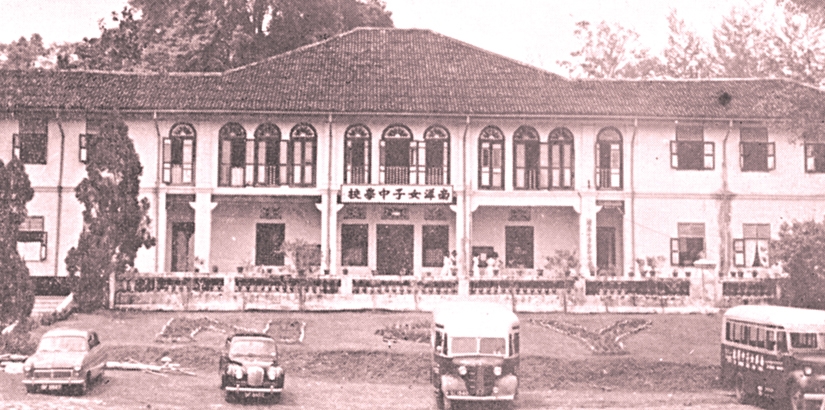 |
|
| 1931 | The move to King’s Road campus took place. |
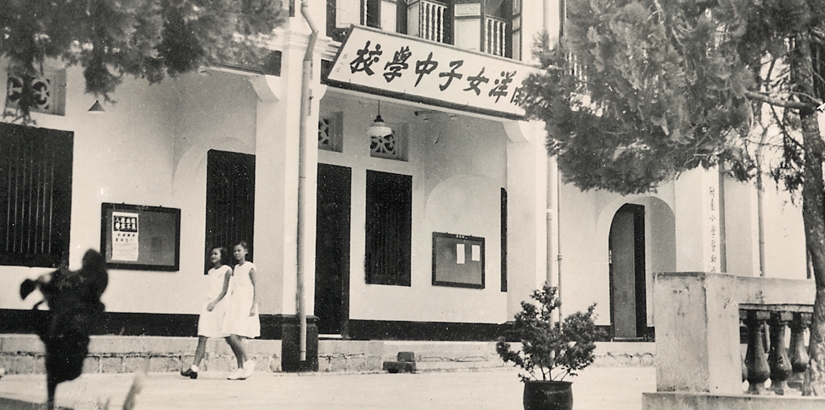
The 3-3 school system was adopted (three years of junior middle school and three years of senior middle school). |
|
| 1934 | Kindergarten classes started. |
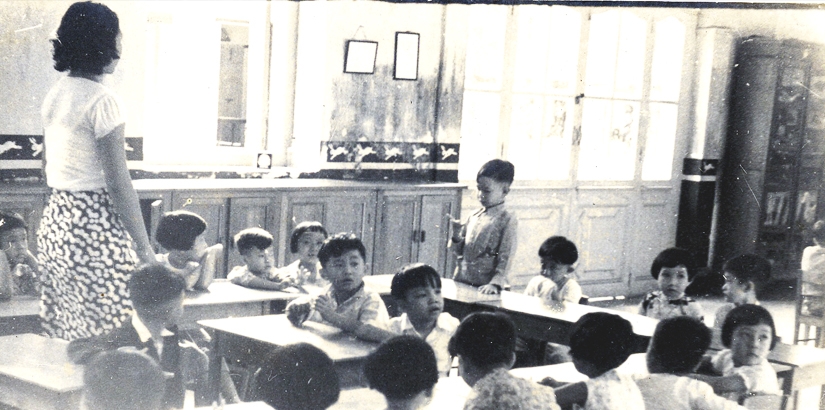
The school offered education for girls from kindergarten to high school level. |
|
| 1941 | The Pacific War broke out. |
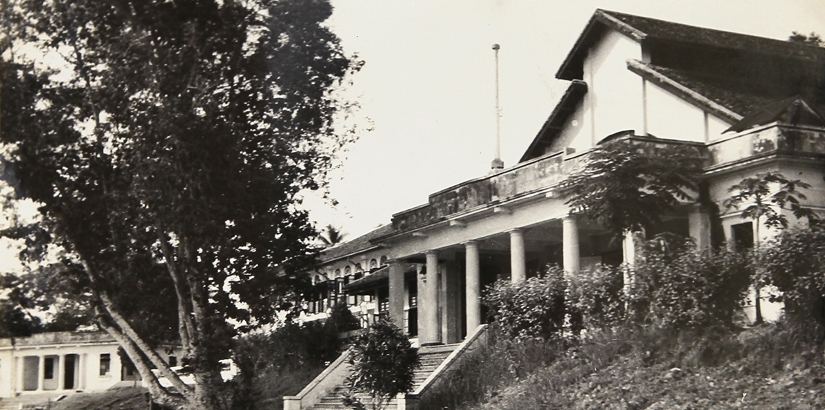
The school was closed down and the building taken over for military use. |
|
| 1945 | The Japanese surrendered. |
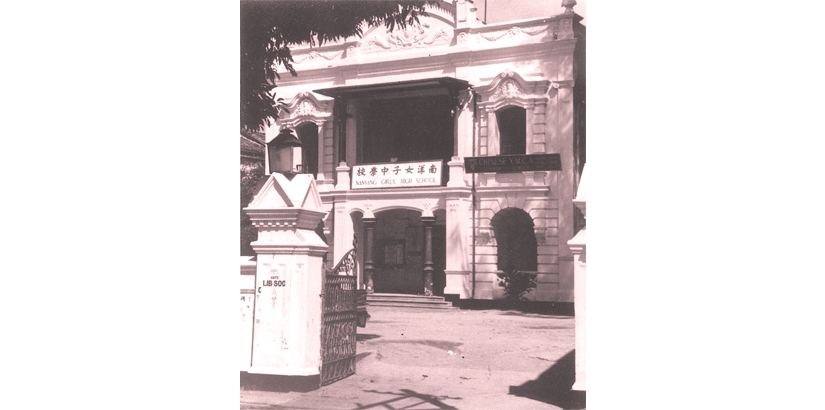
The school started functioning again in December at the YMCA Building on Selegie Road. On 5 December, the school was officially open, with the end of the Japanese Occupation. It took around 2 months of hard work, starting from scratch, to successfully achieve the goals with tremendous efficiency. The alumni’s careful planning and selfless spirit of giving their all to the school are worthy of great respect and appreciation of future generations. |
|
| 1946 | The school moved back to the spacious campus at King's Road, and the number of students increased steeply. |
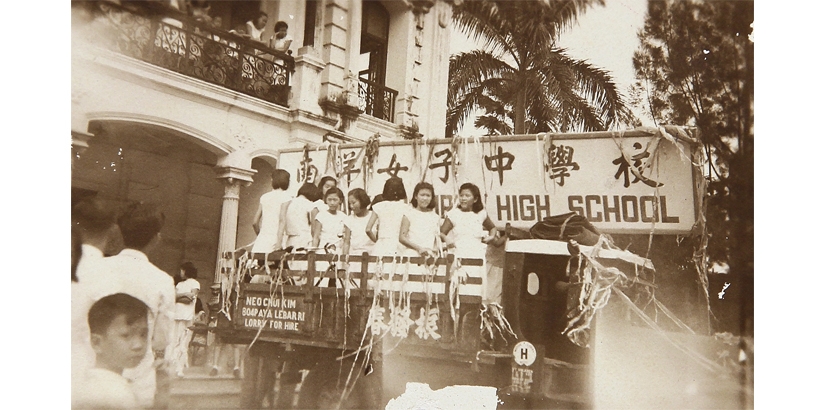
Our school mobilised our students to assist in the move back to King’s Road campus in June 1946. The students were elated to move the school signboard from Selegie Road to King’s Road. 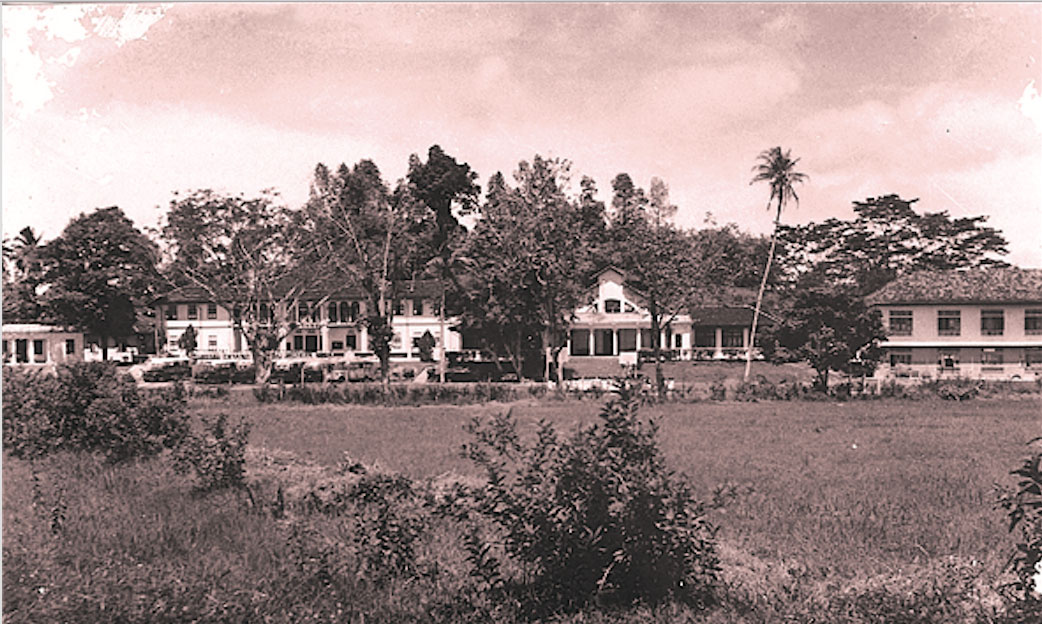
Panoramic view of King’s Road campus. |
|
| 1957 | The school became a government-aided school. |
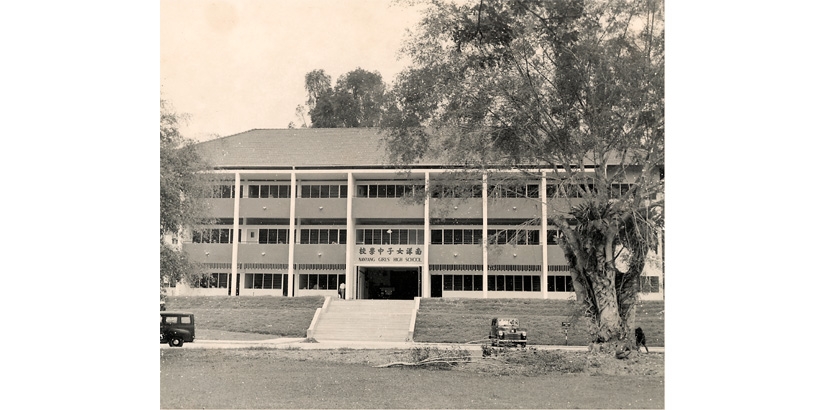 |
|
| 1961 | The 4-2 school system was adopted (four years of secondary followed by two years of pre-university). |
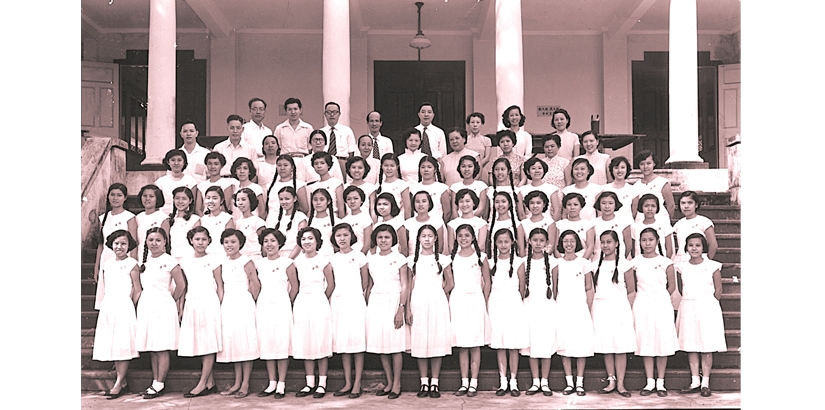 |
|
| 1966 | Mdm Low Pei Kim became principal after Mdm Liew Yuen Sien retired. |
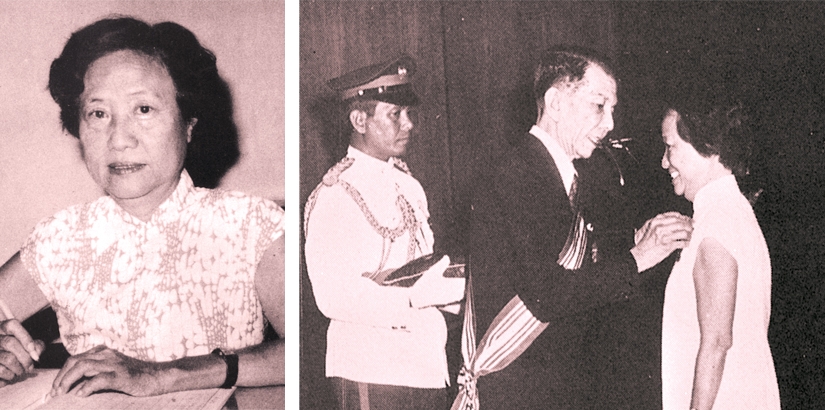
Mdm Low Pei Kim became the first alumnus to be appointed as the principal of the school. Mdm Low had served as the Disciplinary Mistress and Acting Principal of the school prior to her appointment. In 1979, she was appointed Justice of Peace by President Benjamin Sheares. When Mdm Low passed away in 1994, the Low Pei Kim Bursary Fund was set up. This fund awards bursaries to students from financially-disadvantaged backgrounds and who excel academically. |
|
| 1976 | Mdm Chua Liang became principal after Mdm Low Pei Kim retired. |
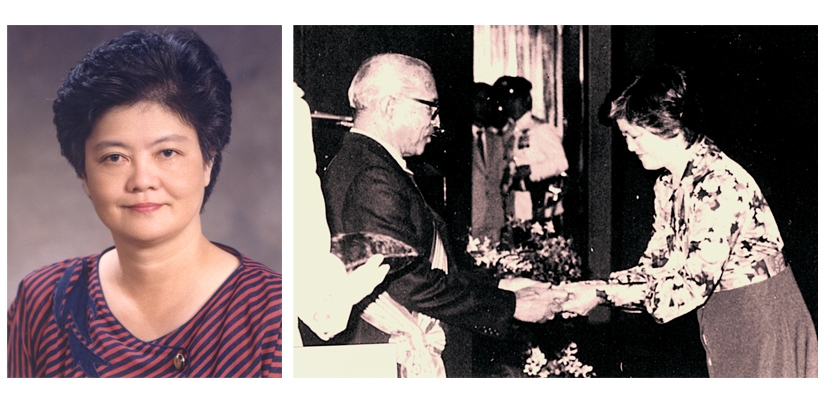
Mdm Chua Liang is an alumnus. In 1984, she was the recipient of the Public Administration Award from the President and given special mention for the excellent running of the school. In her 18 years as Principal, Mdm Chua oversaw many changes to the education system. She first initiated the Bilingual Education Policy (双语政策) and encouraged proficiency in both English and Mandarin so as to adapt to the changing times. Mdm Chua was also responsible for introducing new mediums of learning. These included setting up the Multimedia Information Centre (多媒体资料中心) and encouraging both students and teachers to actively source for and produce audiovisual material, promoting its use in learning |
|
| 1978 | The primary school was separated from the secondary school. |
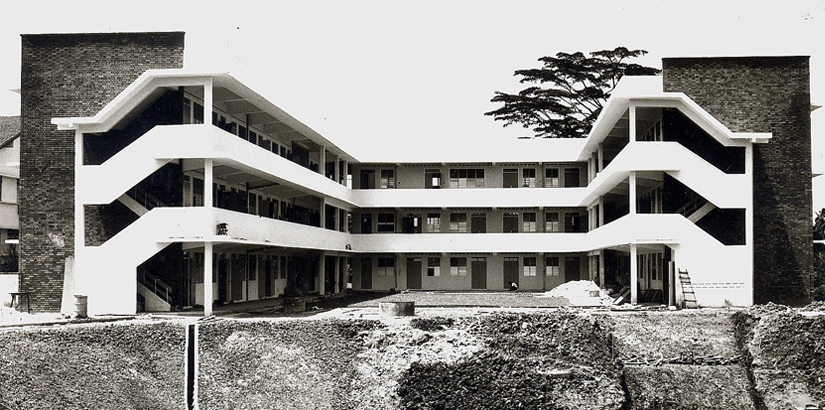 |
|
| 1979 | The school was conferred status of a Special Assistance Plan school, offering both Chinese and English as first languages. |
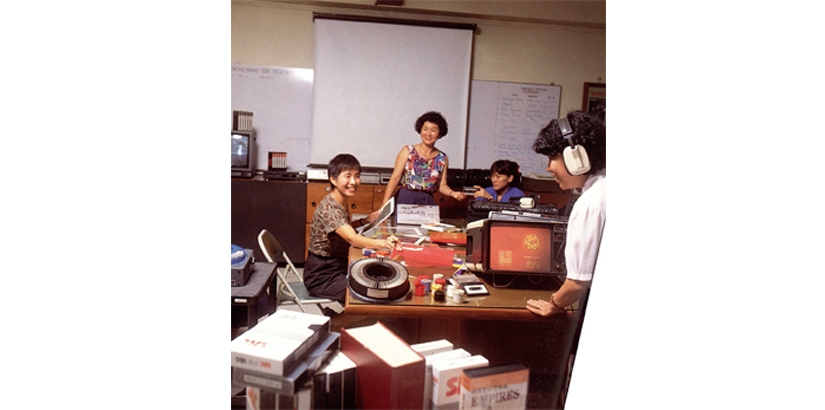
Due to our strong focus on bilingualism and excellent academic track record, we were also selected as one of the nine Special Assistance Plan (SAP) schools. With the sponsorship of both the Ministry of Education and the Board of Directors, a well-equipped audio-visual resource centre was set up in the school. The school achieved laudable results after spending much time and effort on audio-visual production and development. The products designed by the teachers and students received many awards and commendations. |
|
| 1984 | The Art Elective Programme was offered. |
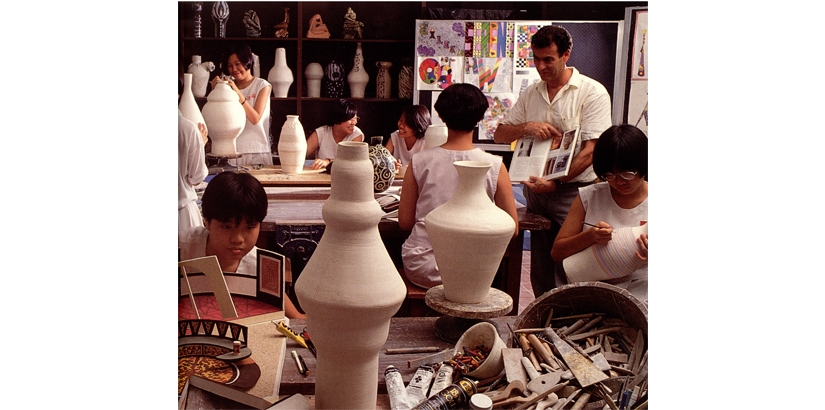 |
|
| 1993 | The school became an Independent School. Mrs Ong Teng Cheong was appointed Chairperson of the Board of Directors. |
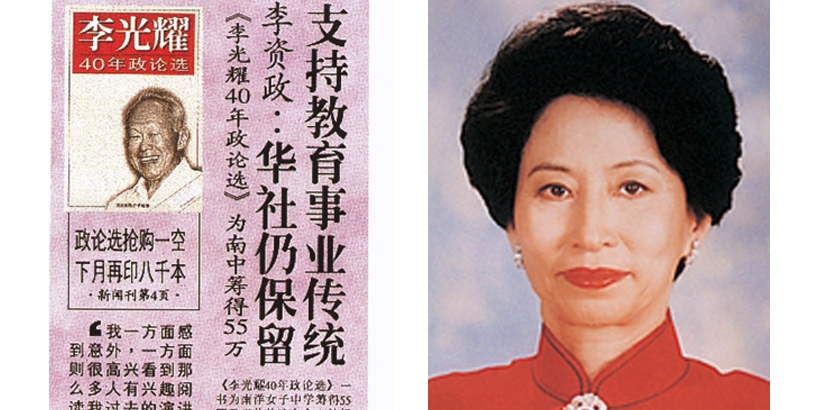
The school officially became an independent school from 1 January 1993. New subjects that were beneficial to the intellectual development of our students were introduced. Many scholarships were put in place to ensure students who came from low-income families were able to continue receiving education. Poor students who were able to meet the given criteria could apply and study in the school successfully. On 16th of September, the Singapore Press Holdings published the “Lee Kuan Yew: 40 Years of Political Views” and held its first book premiere this year. The Senior Minister Lee Kuan Yew personally autographed 30 special edition books and 150 hard cover books. These books were purchased by supporters of the school. Senior Minister Lee Kuan Yew further autographed 100 more hardcover books, helping the school raise $550 00 for the school’s development fund. He said “Raising funds for Nanyang Girls’ High School is a very meaningful thing as Nanyang Girls’ High School is one of the top girls’ schools which developed into the top Special Assistance Plan girls’ school. This allows the good school culture, discipline and conduct of students of traditional Chinese schools to be preserved.” In the same year, Mrs Ong Teng Cheong was appointed Chairperson of the Board of Directors. Her love for the school touched many and she was the architect of the present Nanyang Primary School, Nanyang Girls’ High School and the Nanyang Boarding School campuses. |
|
| 1995 | Mrs Ng-Gan Lay Choo became principal when Mdm Chua Liang retired. |
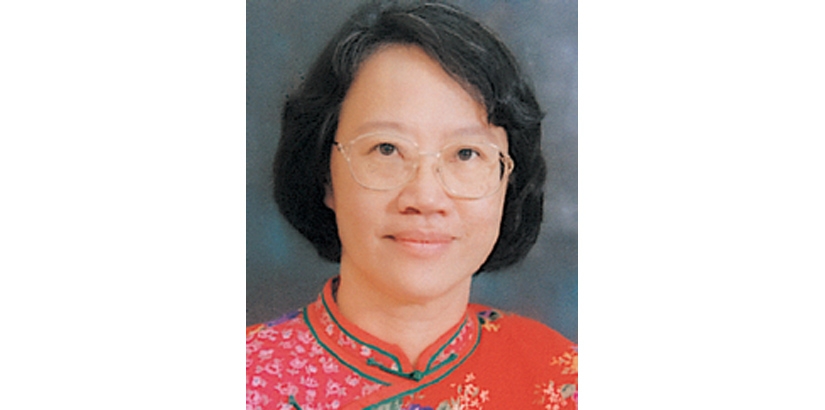
Mrs Ng-Gan Lay Choo, an alumnus, became the 12th principal of the school as well as the 3rd alumnus to have assumed this duty. Mrs Ng-Gan studied physics at the University of Singapore and went on to specialize in Education at the National University of Singapore. She was the vice-principal of Tanjong Katong Girls’ School and principal of Zhonghua Secondary School before she became the principal of her alma mater. |
|
| 1999 | The school became a centre for Gifted Education Programme. |
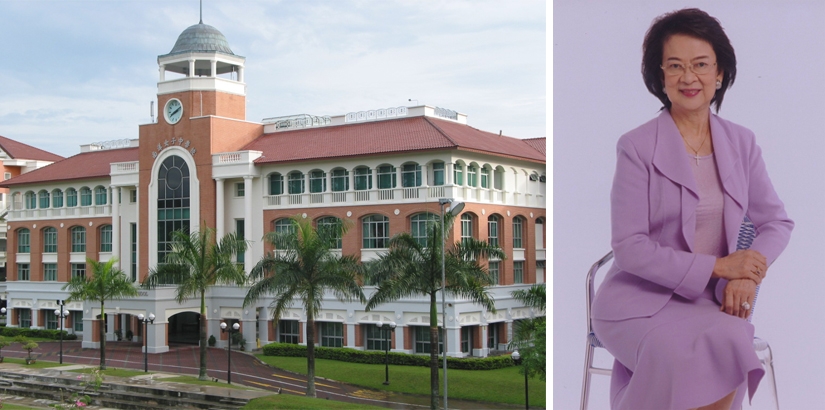
The school moved to the Linden Drive campus. The school became a Gifted Education Programme Centre. Two of the Secondary One classes comprising thirty-seven students were the first Gifted Education Programme (GEP) classes of the school. On 18th February, the new school campus finally stood proudly along Bukit Timah Road. The architectural design was grand and looked exceptionally beautiful at night with the lights turned on. Its grandeur and splendor won the admiration and praise of the onlookers. On 6th June, the walk to the new school campus at Linden Drive was flagged off by alumnus and First Lady Mrs. Ong Teng Cheong. This walk was known as the “Walk of Ten Thousand” (万人行) and covered King’s Road, Lutheran Road, Coronation Road, Prince of Wales Road, Duchess Road, Bukit Timah Road, Dunearn Road and Linden Drive. President Mr Ong Teng Cheong (王鼎昌) also graced this special occasion in his personal capacity. At the end of 1999, Mdm Wee Bee Hoon assumed the post of Board Chairlady. Mdm Wee, an alumnus of NYGH, was invited to join the Board of Directors as Assistant Treasurer in 1978. She was elected as School Supervisor in 1979 and oversaw affairs concerning the three Nanyang schools. She took good care of the schools, investing much of her time and energy to her school supervisor duties. She had also made many donations to the building funds of the school. She was a role model, personally attending to all matters and was always present at all the school functions to lend her support to the school. |
|
| 2000 | The Linden Drive campus and boarding school were officially opened by Senior Minister Lee Kuan Yew. The 'O' Level Music Programme was first offered. |
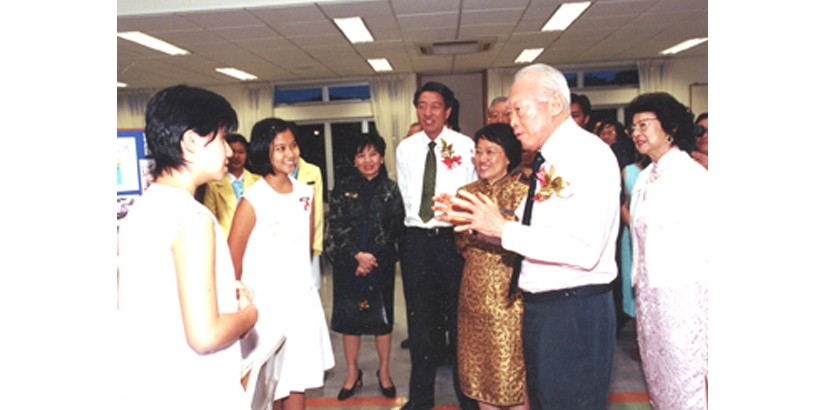
During the Opening Ceremony of the school on 26 August, Guest of Honour, Senior Minister Lee Kuan Yew shared that his daughter, Dr Lee Wei Ling, an alumnus of Nanyang, had framed his understanding of NYGH as a school which nurtures students of character in a positive environment. He commended the school as the most outstanding girls’ school under the Special Assistance Plan (SAP) and attributed the success to the sacrifices made by staff and the support given by members of public, especially the alumni. He gave tribute to alumnus Mrs Ong Teng Cheong, commenting that though Mrs Ong was the First Lady she saw to all the details of construction personally and donated generously, allowing the students of NYGH to enjoy such a beautiful campus. |
|
| 2001 | Mdm Mak Lai Ying became principal. Mrs Ng-Gan Lay Choo moved on to head a junior college. |
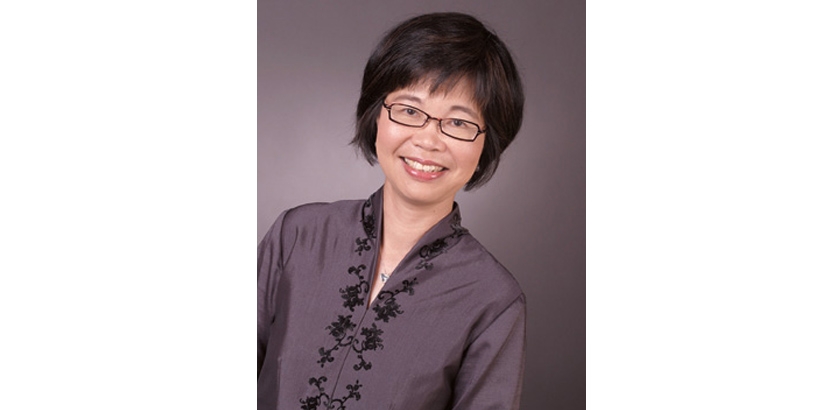
Mdm Mak Lai Ying succeeded Mrs Ng-Gan Lay Choo as the 13th principal of the school. Mdm Mak graduated from National University of Singapore in 1982. In 1983, she received her diploma in education from London University and started her teaching career in Victoria Secondary School as a Mathematics and Economics teacher. She was Deputy Director of the National Education Branch at the ministry before her posting to head the school. |
|
| 2002 | The Higher Music Programme was offered. The 'O' Level Music Programme which set the foundation for HMP was offered in 2000. |
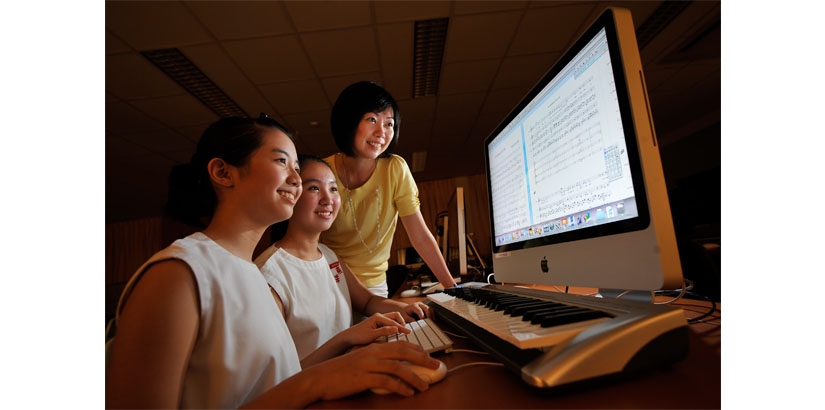 |
|
| 2004 | The Integrated Programme, in partnership with Hwa Chong Institution, was offered to 168 of the Secondary 3 students. |
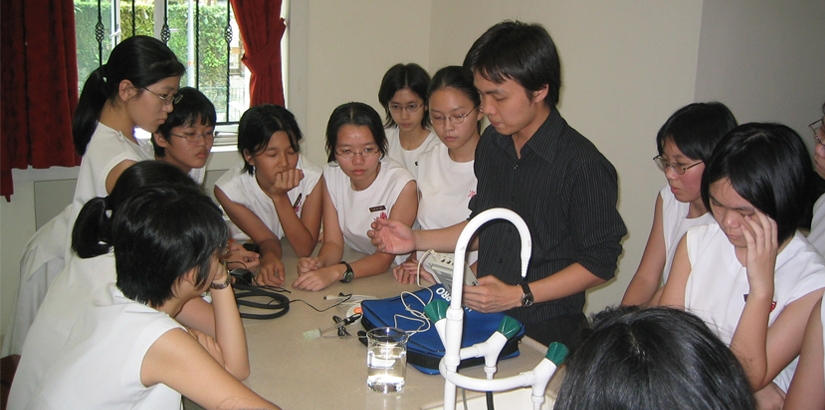
In January 2004, NYGH officially started the Integrated Programme (IP), partnering The Chinese High School (Hwa Chong Institution). What was unique about the IP was that students no longer needed to take the GCE ‘O’ levels examinations. Upon graduation from Secondary 4, the students will gain direct admission to Hwa Chong Junior College and take the GCE ‘A’ levels examinations there. Without the need for the ‘O’ levels, IP students would have more time and space to engage in more challenging tasks. Besides the core content subjects, the students would participate in various electives and exploratory activities to enrich their learning experience. Sabbaticals were introduced, with at least two weeks devoted to them annually. The aim of sabbaticals was to provide the students with opportunities to delve deeper into areas of their interest. Sabbaticals offered ranged from those related to academic subjects, such as Chinese, English, Mathematics, General Science, Chemistry, Life Science and Environmental Science, to areas outside the academic curriculum, like ancient Chinese Mathematics (中国古代数学), Animation, Bonsai, Film Appreciation, Gastronomy, Malay Culture, Song Composition and Traditional Chinese Arts (中国民间艺术). The school had also already established an overseas enrichment programme for the students, which was subsequently known as the Global Classroom Programme. |
|
| 2005 | The Integrated Programme was offered to all Secondary 1 students. The Bicultural Studies Programme was implemented. |
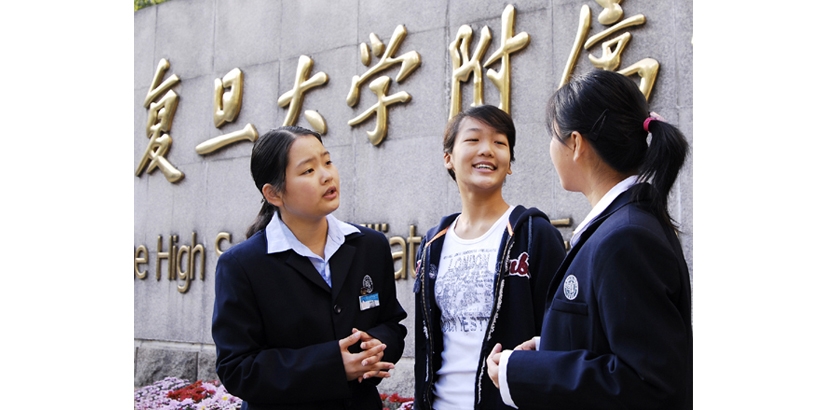
The school’s continued emphasis on a bilingual education for its students led to the introduction of the the Bicultural Studies Programme, which aims at cultivating students who are effectively bilingual and well immersed in east and west cultures. |
|
| 2006 | Miss Yap Wah Choo became principal as Mdm Mak Lai Ying moved on to head the Singapore International School in Hong Kong. |
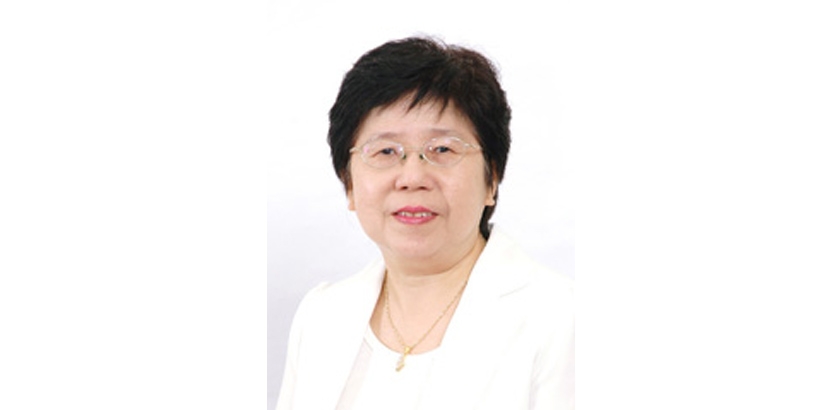
The Superintendent of East 5, Miss Yap Wah Choo, became the 14th principal of the school. Miss Yap completed her tertiary education at the former University of Singapore. She furthered her studies at the University of Pittsburgh and obtained a Master’s degree in educational research. She was the Superintendent of East 5 before her appointment as the principal of the school. |
|
| 2007 | The last batch of 99 students sat for the GCE ‘O’ Level Examinations. |
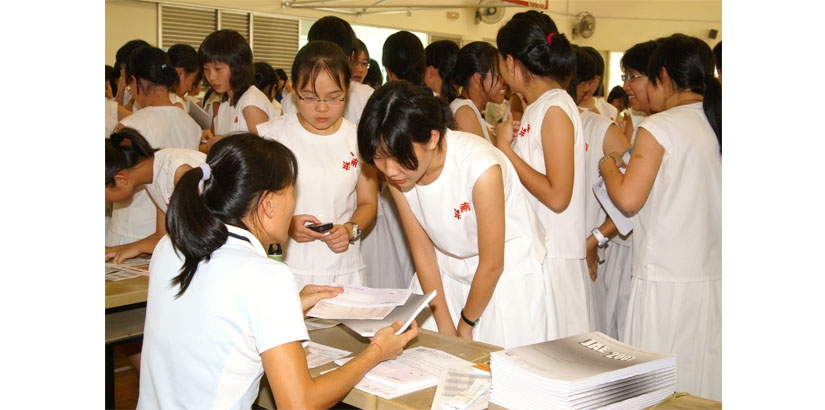 |
|
| 2008 | The school became the West Zone Centre of Excellence (Chinese Studies and Culture). |
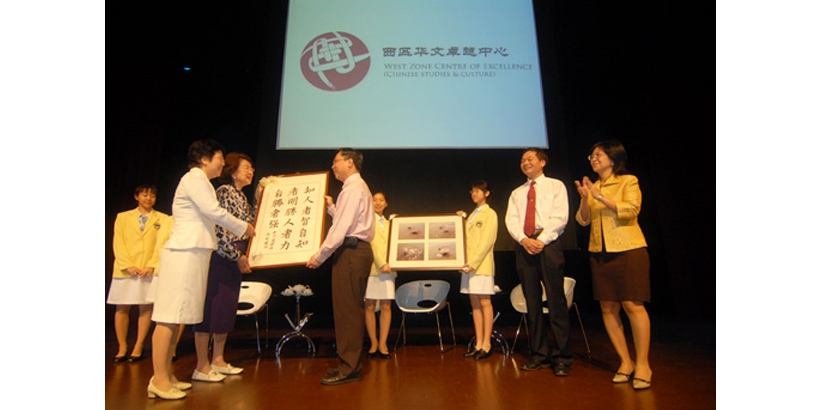
In 2008, the school was made the West Zone Centre of Excellence for Chinese Studies and Culture. To mark this occasion, the school, in partnership with Business China and with the support of the Ministry of Education, organised the 2nd SAP Seminar on 10 April, with Acting Minister of Manpower, Mr Gan Kim Yong, as Guest of Honour. In conjunction with the event, the school also hosted the inaugural Singapore-Shanghai Student Forum, involving all SAP schools as well as students and teachers from Shanghai. Among the distinguished guests were Senior Minister of State for Education, Ms Grace Fu, West Zone Schools Superintendent, Mrs Chia Ban Tin, and the Principal of Fudan High School in Shanghai, Mr Xie Yingping. The event was a success, with extensive coverage by the media and good reviews from all participants. |
|
| 2009 | Miss Yap Wah Choo moved on as Director of Assessment and Research Division, Singapore Examinations and Assessment Board (SEAB). |
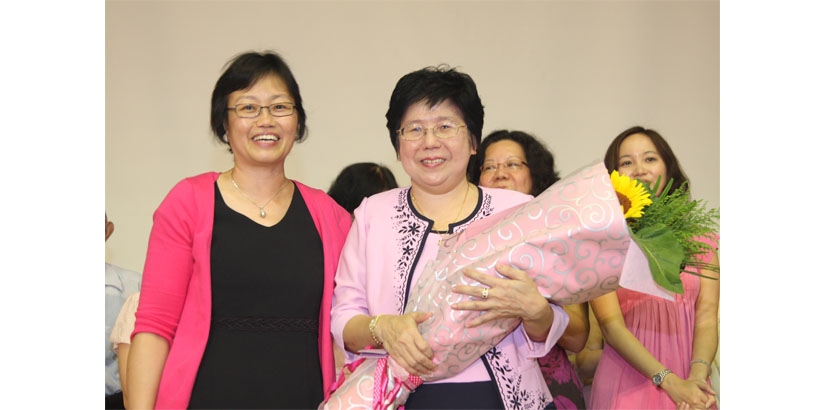 |
|
| 2010 | Mdm Heng Boey Hong, an alumnus, joined the school as Principal. |
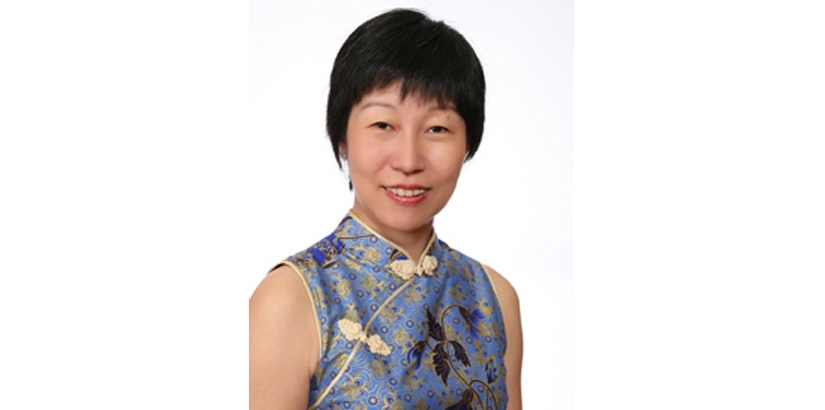
Mdm Heng majored in Chinese Studies and Economics from the National University of Singapore and joined Jurong Institute as a Chinese teacher. She received her MA in Chinese Studies in 1997 and attended the Leadership in Education Programme by the National Institute of Education in 2002. Mdm Heng spent 10 years in Nanyang Primary School, as the vice-principal from 1999 to 2002 and the principal from 2002 to 2009, before she joined the school. |
|
| 2011 | Prototype 21st Century Class (a programme aimed at enhancing teaching and learning through 1-1 computing) was launched. |
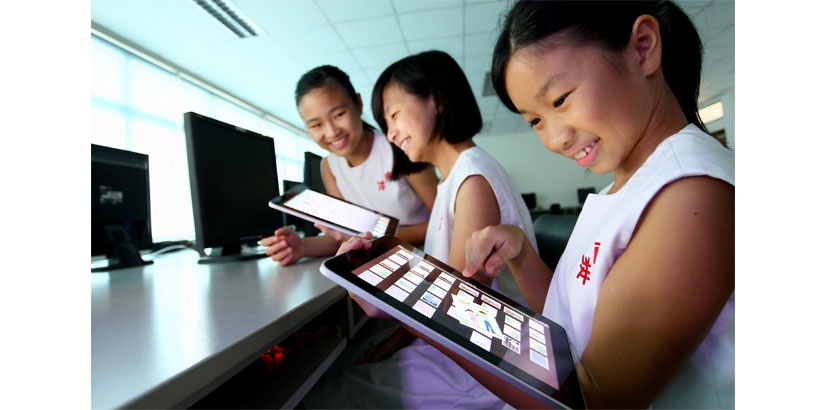 |
|
| 2012 | NYGH initiated the formation of the Strategic Alliance of Global Educators (SAGE). |
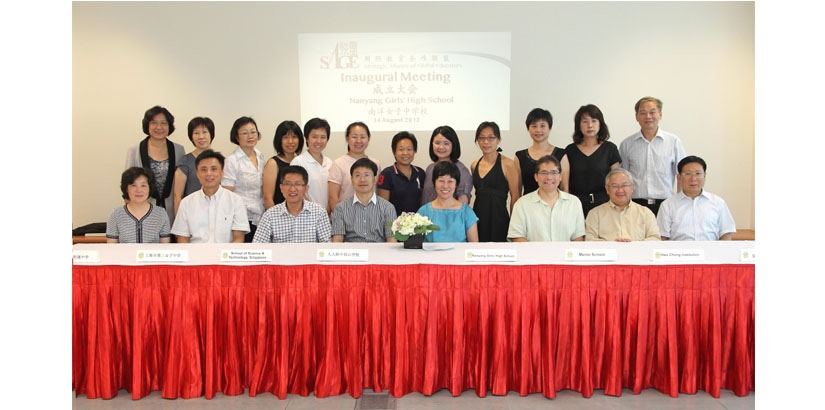 |
|
| 2013 | Mdm Ong Sioe Hong was appointed the Chairperson of the Board of Directors. Mdm Wee Bee Hoon became the Honorary Chairperson. |
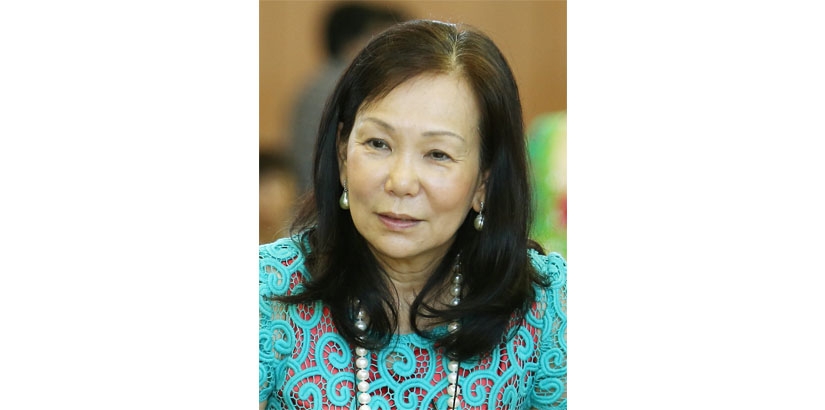 |
|
| The school was conferred the Singapore Quality Award (SQA). | |
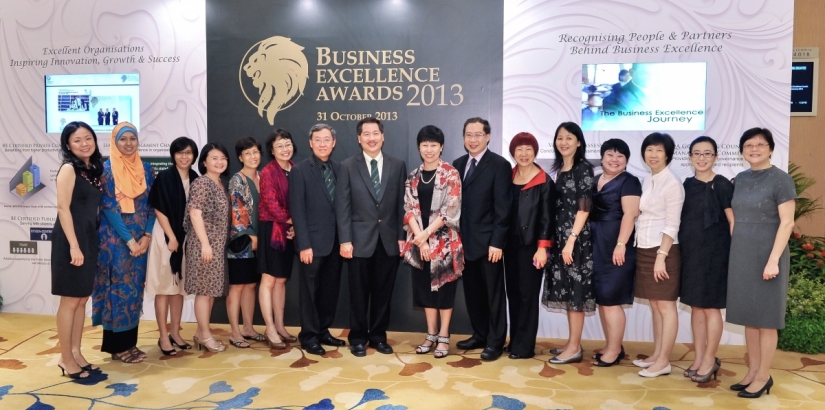 |
|
| 2014 | NYGH initiated the formation of the Strategic Educational Alliance of Southeast Asia (SEA2). |
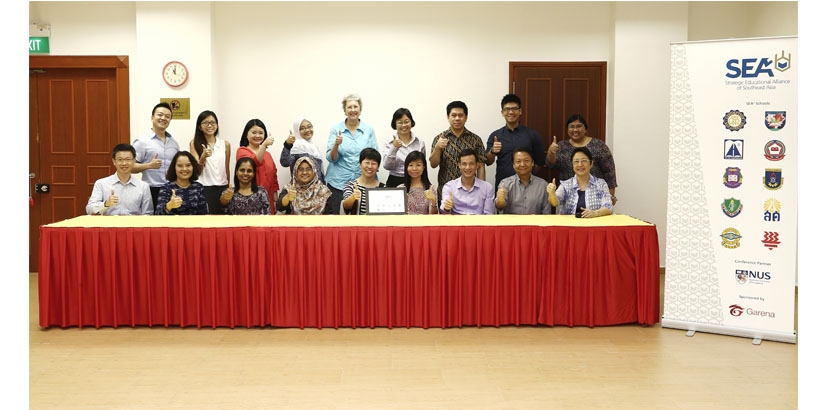 |
|
| 2015 | Ms Ang Fung Fung was appointed Chairperson of the Board of Directors. |
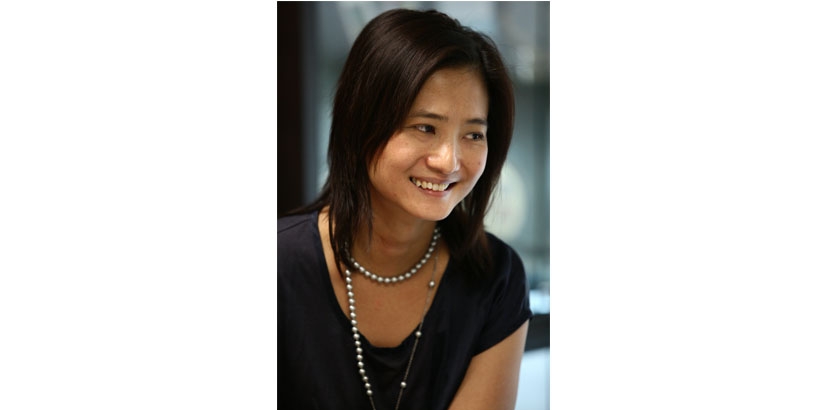 |
|
| 2017 | NYGH completed its building extension project. The new extension comprises a Performing Arts Centre Wing and an Indoor Sports Hall Wing. |
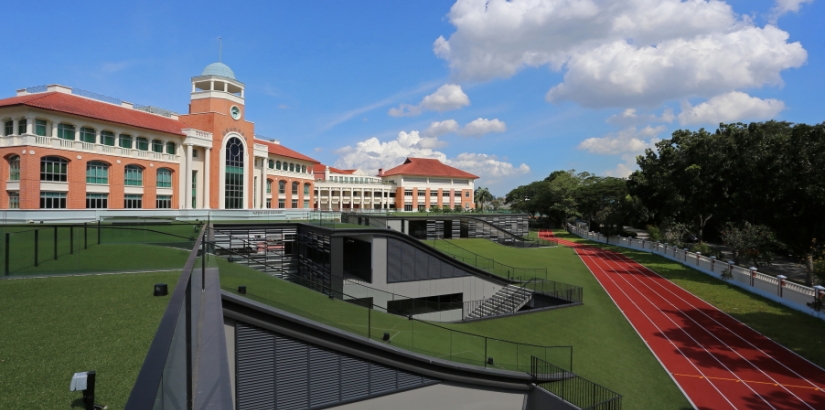 |
|
| 2018 | Mdm Heng Boey Hong moved on as Director of Mother Tongue Languages, MOE. |
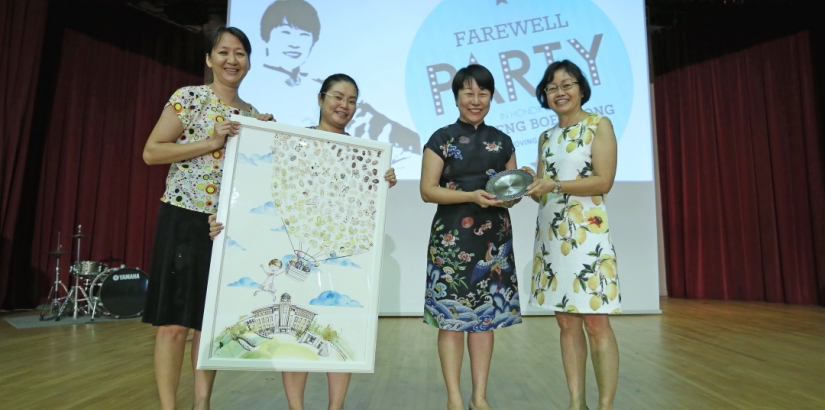 |
|
| Mdm Ng Chuen-Yin joined the school as Principal. | |
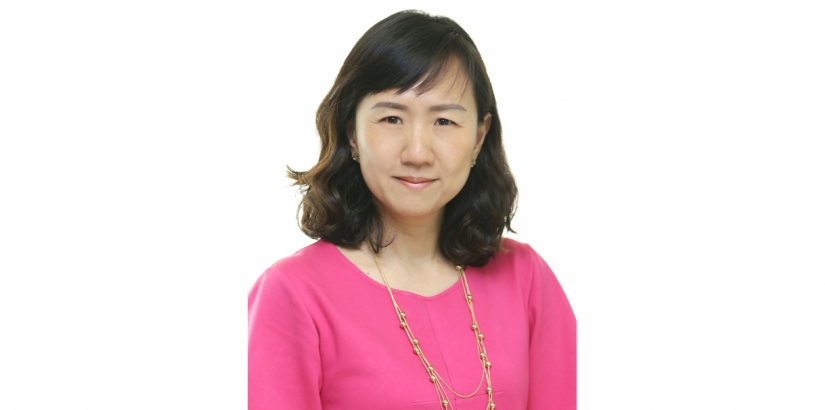
Mdm Ng Chuen-Yin was an SAP school alumna, and had 20 years of experience in education. Mdm Ng’s last appointment was Superintendent in Schools Division, MOE. |
|
| 2020 | The Secondary Chinese Language Elective Programme (CLEP-Sec) was implemented. |
|
NYGH became one of the nine Secondary Chinese Language Elective Programme (CLEP-Sec) centres that offers Literature in Chinese. It aims to nurture promising students to attain a high level of language proficiency in Chinese, and to enhance their understanding of Chinese literature. |
|
| 2023 | Mdm Ng Chuen-Yin left the school. |
| Ms Siau Fong Fui joined the school as Principal. | |
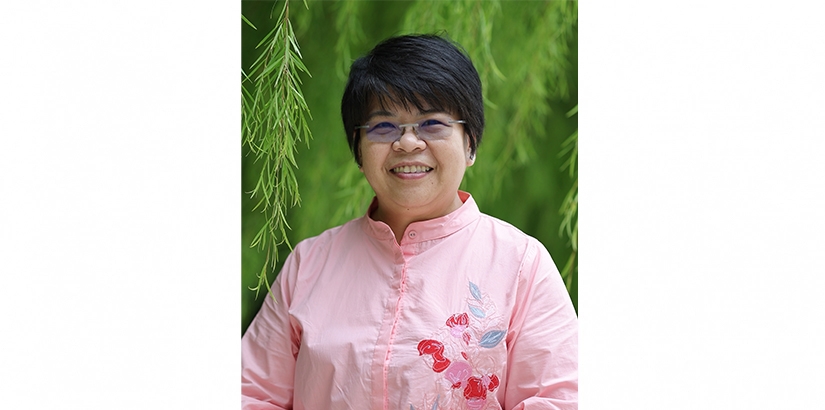
Ms Siau Fong Fui started her teaching career at Anglo-Chinese School (Barker Road) and Anderson Junior College, where she eventually became Vice Principal in the latter. Following that, she was also Vice Principal at Clementi Town Secondary School, served as the Deputy Director of the Mother Tongue Languages Branch, Curriculum Planning and Development Division, Ministry of Education, and then appointed as the Principal of Nan Chiau High School. In 2023, she became the 17th Principal of our school. |

